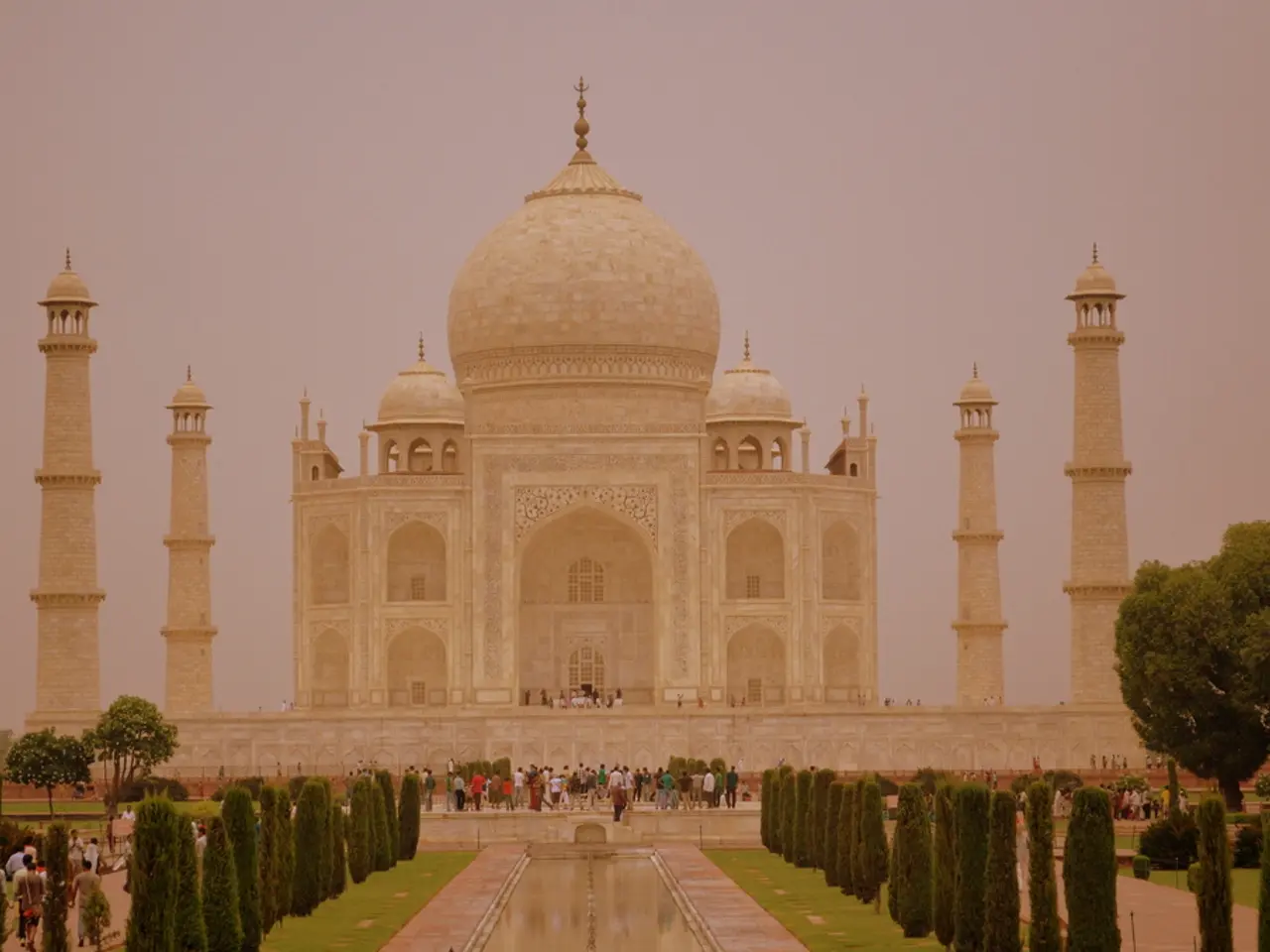India's SDG Voyage: Successes and Challenges
=============================================================
India, a significant player in the global arena, is making strides in its pursuit of the Sustainable Development Goals (SDGs), a set of 17 interconnected goals adopted by the United Nations in 2015. These goals aim to create a better, fairer, and more sustainable world by 2030.
As part of its commitment to the SDGs, India is actively participating in international partnerships and collaborations. For instance, it is involved in carbon farming initiatives with over 30 agricultural companies and farmer associations, aiming to link climate finance with its commitments under the Paris Agreement. The focus is on sustainable land management and carbon sinks. India also promotes cooperation with countries like Vietnam on defense, energy, tourism, and multilateral climate change efforts. Trade agreements with partners like the UK emphasize sustainable development and digital trade.
One of the key areas India is focusing on is Goal 11: Sustainable Cities and Communities. Initiatives such as the Swachh Bharat Abhiyan (Clean India Campaign) are working towards improving sanitation across the country. In the realm of energy, the Pradhan Mantri Kisan Urja Suraksha Evam Utthaan Mahabhiyan (PM-KUSUM) encourages sustainable energy practices.
India's journey towards achieving the SDGs also involves substantial progress in education. Programmes like the Sarva Shiksha Abhiyan and the Right to Education Act are improving access to education. The National Food Security Act helps increase access to food for millions of vulnerable people.
Addressing inequality is another priority for India. Initiatives like Goal 10: Reduced Inequality are being addressed through programmes such as the National Rural Employment Guarantee Act (NREGA) and the Pradhan Mantri Jan Dhan Yojana, which provide financial assistance to marginalized communities and promote financial inclusion.
India's commitment to the SDGs extends to Goal 13: Climate Action. The country is engaged in various multilateral climate change efforts, including carbon farming initiatives and cooperating with countries like Vietnam.
Healthcare is another critical area where India is making strides. Ayushman Bharat is an initiative aimed at providing financial protection and access to quality healthcare to millions.
However, challenges remain, particularly in the informal labour sector, where issues such as low wages and job insecurity persist.
In the realm of Goal 16: Peace, Justice, and Strong Institutions, India is working diligently to create more employment opportunities through initiatives like Make in India and Skill India.
Lastly, India is committed to Goal 15: Life on Land and Goal 14: Life Below Water. While progress is being made, there is still much work to be done to ensure a sustainable future for all.
India's commitment to the SDGs not only benefits its citizens but also contributes to the global agenda of creating a more just and sustainable world. India's journey towards achieving the SDGs demonstrates the nation's commitment to creating a more equitable and sustainable future.
Read also:
- Peptide YY (PYY): Exploring its Role in Appetite Suppression, Intestinal Health, and Cognitive Links
- Toddler Health: Rotavirus Signs, Origins, and Potential Complications
- Digestive issues and heart discomfort: Root causes and associated health conditions
- House Infernos: Deadly Hazards Surpassing the Flames








